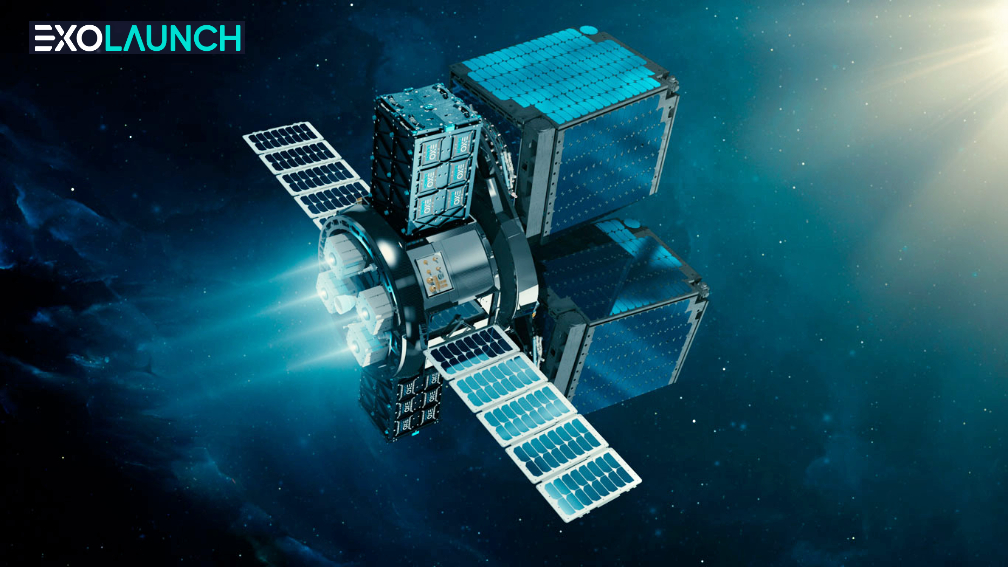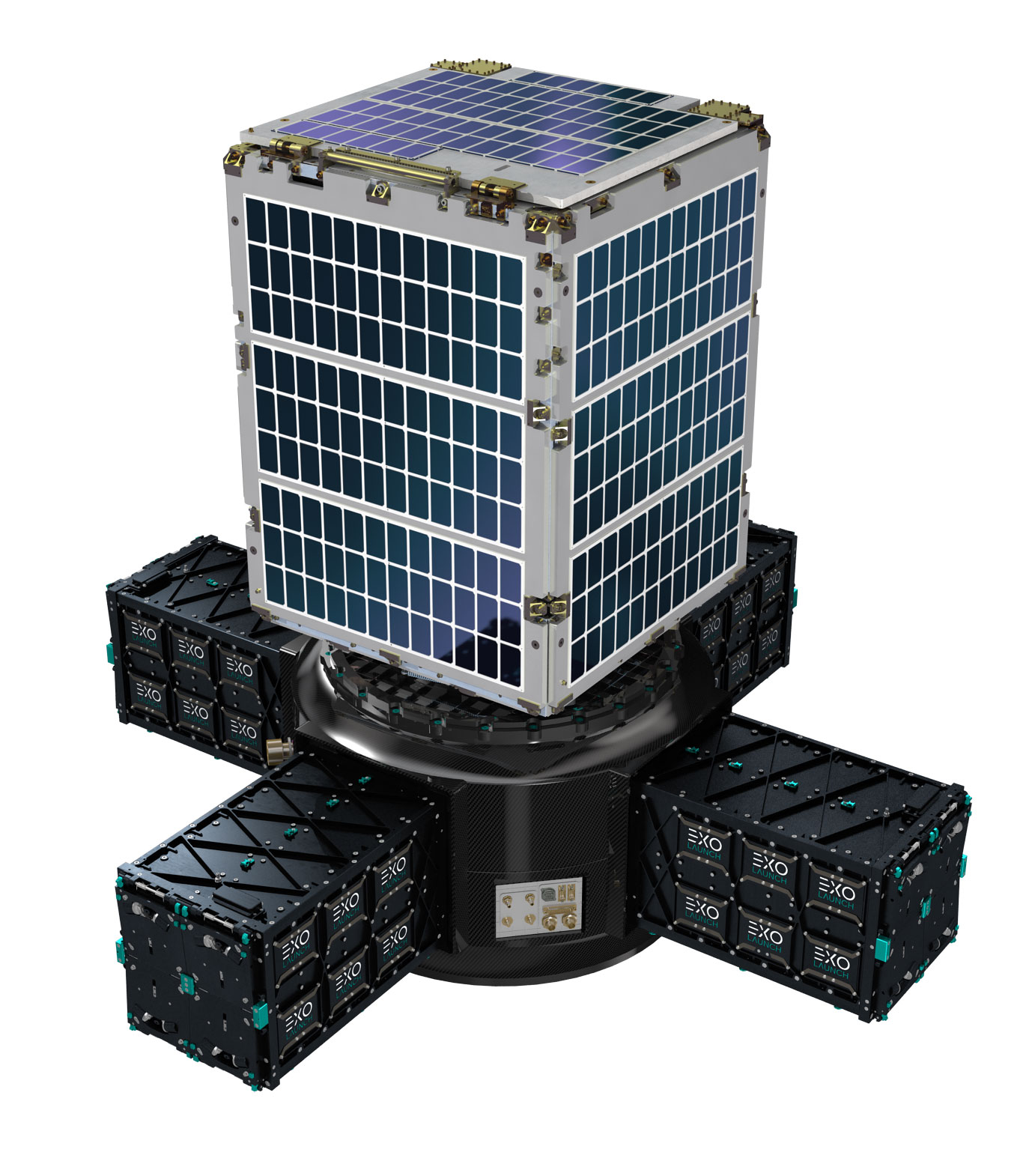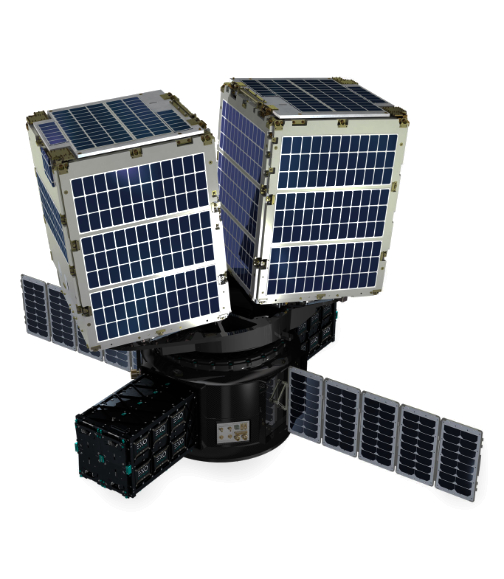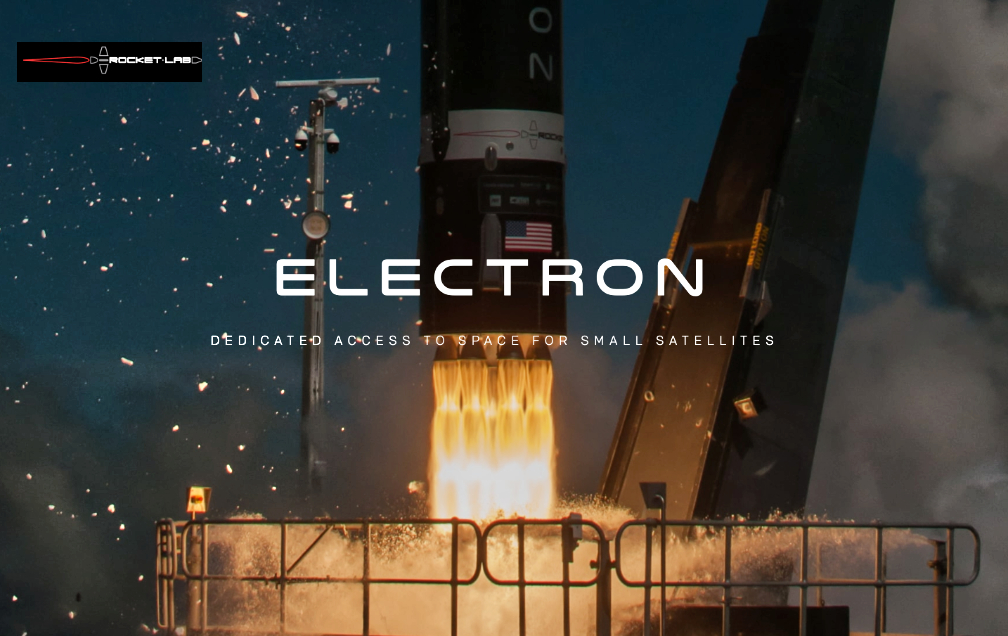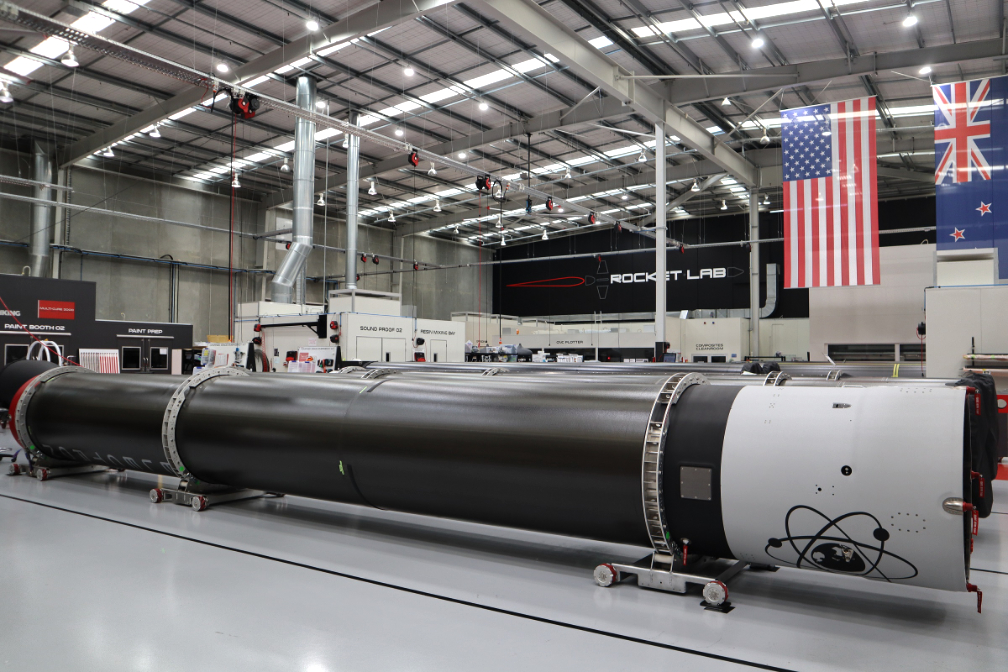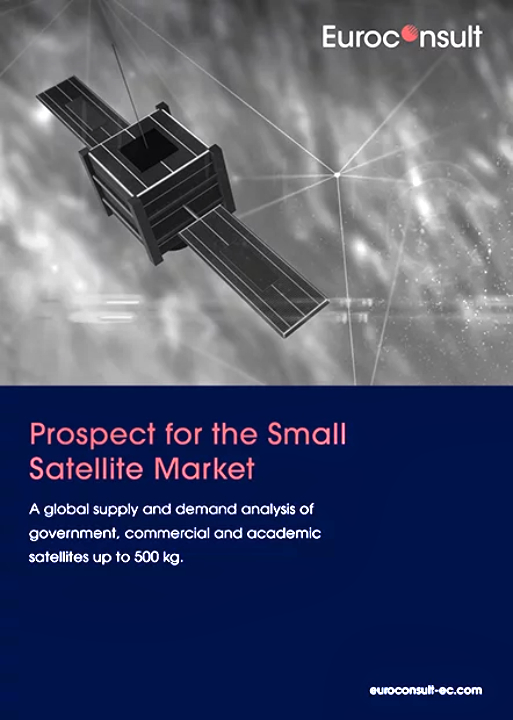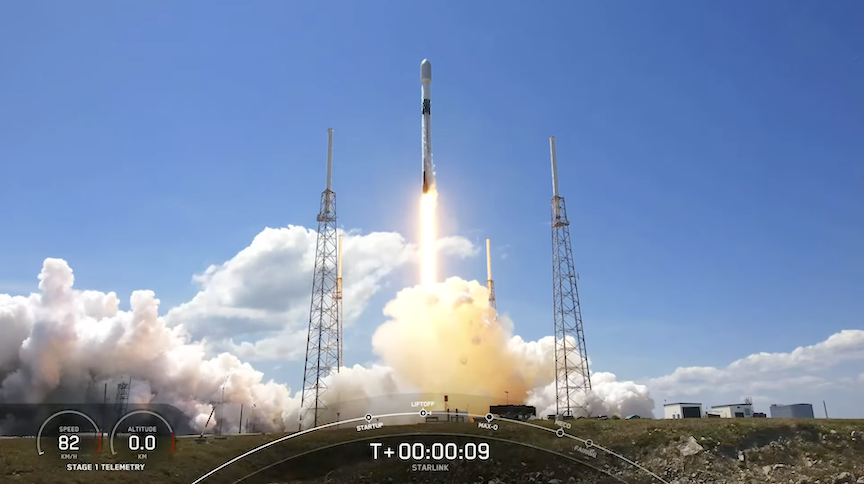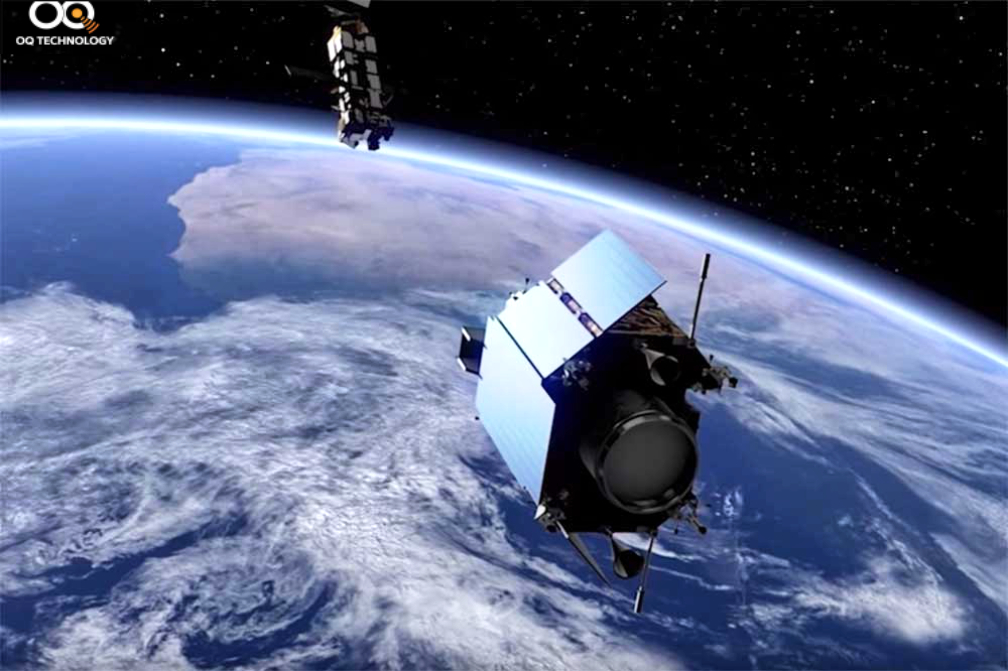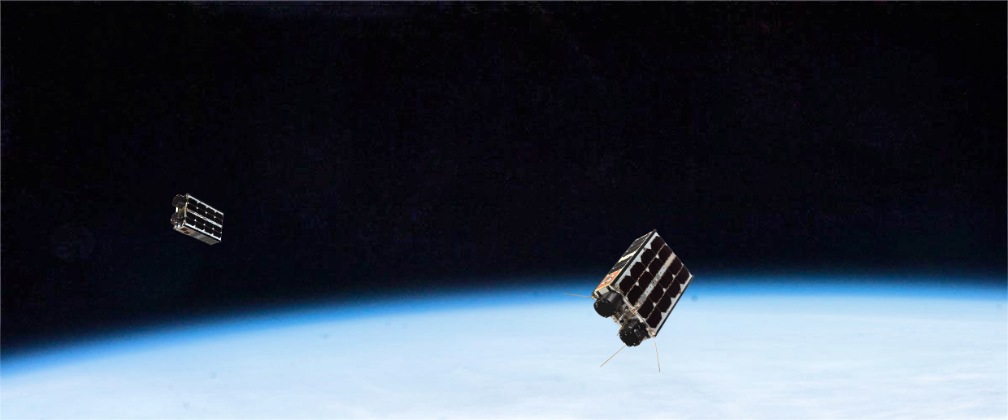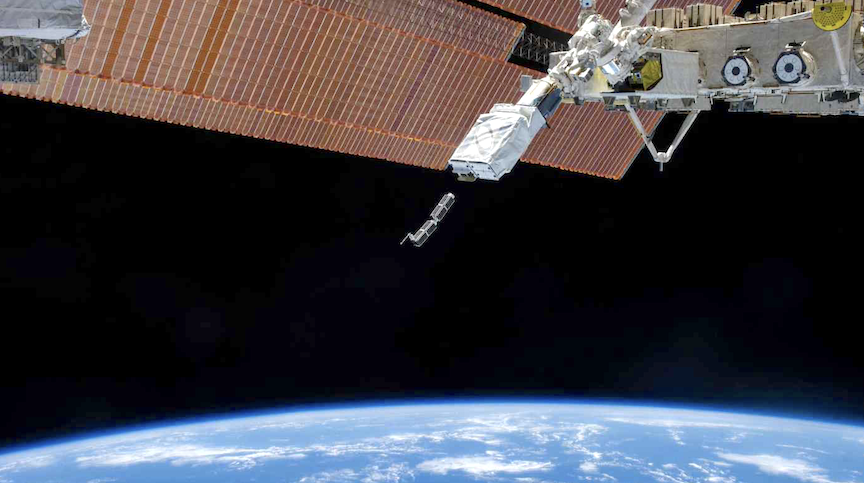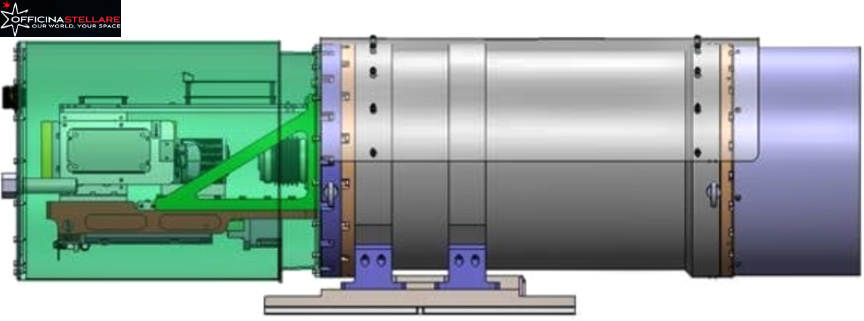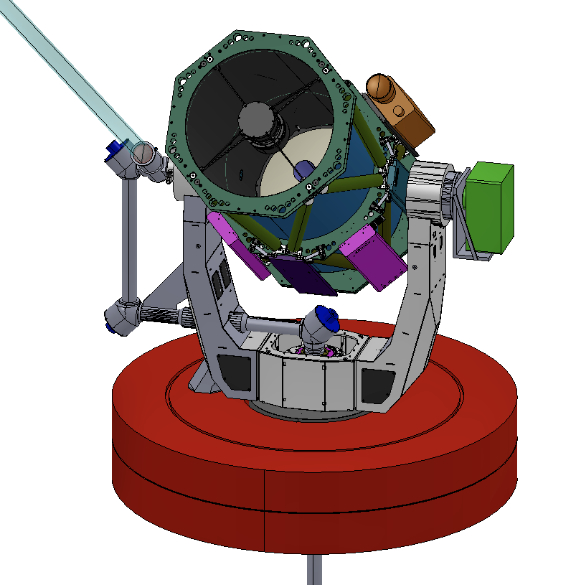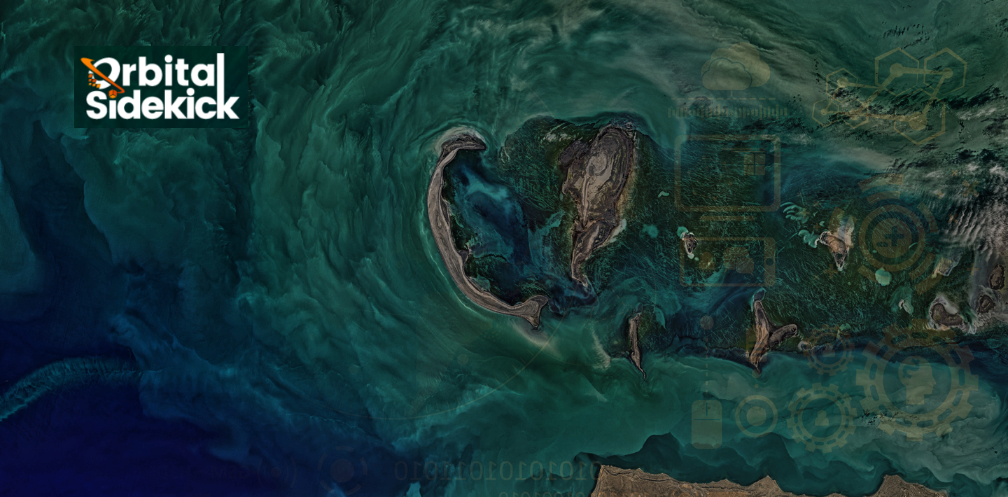
Orbital Sidekick (OSK), the first US commercial company to deploy hyperspectral sensors in space, has announced a $16 million Series A funding round led by Temasek, an investment company headquartered in Singapore, to expand its innovative product offerings, new strategic partnerships, and introduce its advanced monitoring technology to new industries. The round also includes Energy Innovation Capital, existing investors Allied Minds and 11.2 Capital, and Syndicate 708.
In response to the energy sector’s demand for better leak prevention and monitoring, OSK has developed various external partnerships to execute pilot programs, most notably with global energy leader Phillips 66 and the iPIPE Partnership, which is managed by the Energy & Environmental Research Center and includes premier natural gas pipeline transporters Energy Transfer and TC Energy, among others. OSK is transitioning to and expanding satellite operations within these partnerships in 2021 with a path towards full commercialization next year. OSK is also launching its Global Hyperspectral Observation Satellite constellation, known as GHOSt, on multiple SpaceX Falcon 9 missions beginning in Q1 2022.
Beyond pipeline monitoring, OSK is exploring new markets to help solve pressing global challenges. One such capability is regional fire risk detection in response to a global proliferation of extreme wildfires brought on by climate change and deforestation. The company is also employing its analytics platform for global emissions monitoring, clean energy exploration, and mineral detection.
“Paired with our recent $16M United States Air Force contract award in October 2020, the close of this Series A round allows us to focus on the deployment of the GHOSt constellation and the commercial release of our monitoring services platform SIGMATM,” Tushar Prabhakar, COO and Co-Founder of Orbital Sidekick, said. “With our growing list of commercial and government partners, OSK is primed to become a global leader in providing targeted solutions for customer pain points.”
“The OSK business model is naturally aligned with improvements sought by the energy and space sectors during this and coming years,” said Dan Katz, CEO and Co-Founder of OSK. “By bringing new investors Temasek and Energy Innovation Capital on board, we are now able to strengthen our commitment to providing improved asset monitoring services for traditional energy infrastructure while expanding product offerings that support environmental sustainability and clean energy exploration.”
“The energy and industrial sectors are under intense pressure to achieve ESG excellence. Meeting increasing social and regulatory expectations requires persistent and sophisticated asset and environmental monitoring. Orbital Sidekick’s Spectral IntelligenceTM uniquely delivers hyperspectral imaging from space, allowing operators to monitor assets beyond the visual spectrum, across the globe, on a daily frequency. We are excited to join industry veterans, Dan and Tushar, Temasek, and other early investors in delivering a step change in Earth Observation,” said Christopher Smith, Managing Director, Energy Innovation Capital.

